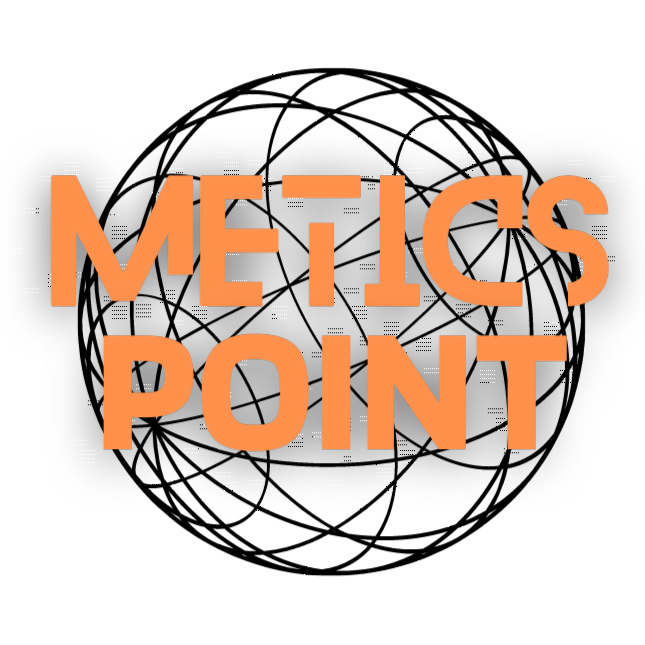Creating Meaningful Sentences: Have you ever wondered how to craft sentences that are both meaningful and holistic? In an era where information is at the fingertips, the power of the written word remains irrefutable. Yet, amid the cacophony of voices striving for attention online, it is pivotal to create content that is not only compelling but also unequivocally credible. This brings us to the exploration of writing meaningful sentences for holistic writing. A sentence, in all its forms, is far more than a mere collection of words; it represents an idea, a thought, a spark that has the potential to enlighten and engage an audience profoundly.
Table of Contents
Understanding Holistic Writing
Holistic writing mandates a coherence that resonates beyond the superficial understanding of words. It is a methodology where the entirety of the content connects seamlessly, ensuring each sentence plays a critical role in the larger narrative. The central tenet of holistic writing is to extend beyond mechanical structures to embrace a synergy between creativity and authenticity, thereby fostering a deeper understanding and engagement among readers.
Crafting Sentences with Purpose
Every sentence should have a role analogous to a single brushstroke in a masterpiece, contributing to the work’s overall beauty without drawing unnecessary attention to itself. This precision and purpose in crafting sentences not only sustain reader interest but also ensure they comprehend the content effectively.
The Foundation of Facts
The first pillar of creating meaningful sentences is factual accuracy. Today’s readers are acutely aware of misrepresentations and can discern between reliable information and mere conjecture. It is imperative to write with a foundation built on verified facts, negating rumors or speculation. This approach engenders trust and fosters a relationship with the reader based on respect and reliability.
The Importance of Factual Evidence
Engaging the Reader with Credibility
Engagement rooted in credibility ensures that readers not only start reading the content but continue it with vested interest. Providing factual evidence is crucial; it should not be an afterthought. Readers appreciate content that reflects thorough research, demonstrated by the presence of verifiable facts, data, and authoritative citations within the sentences.
Presenting with Precision
In writing, precision equates to power. By using succinct yet descriptive language tied to the relevant keywords, a writer can guide the reader through a narrative that is as informative as it is engaging. Incorporating these elements within one’s writing strategy can significantly enhance readability and audience retention.

Structure and Clarity
Utilizing Keywords Effectively
Keywords act as signposts to guide readers through an online landscape, ensuring that content reaches its intended audience efficiently. When writing sentences, embedding keywords seamlessly within the narrative is a skill that enhances SEO while maintaining the natural flow of the text.
Detailed Descriptions
Providing detailed explanations helps the reader digest the content with ease. While brevity is valued, clarity should never be compromised. A robust description filled with relevant details enriches the reader’s understanding and engagement with the text. This approach aligns well with the principles of holistic writing, ensuring that each sentence serves its purpose within the broader discourse.
Historical Context and Current Trends
The Role of Historical Context
Understanding the historical context from which a subject arises can significantly deepen the reader’s perspective. By incorporating succinct historical backgrounds or evolutionary overviews of the topic, the writer can present a comprehensive picture that informs future directions.
Current Trends in Writing
Discussing current trends, developments, or factors related to the topic enhances the content’s relevance. For instance, the contemporary shift towards digital publishing has influenced the methodologies of writing itself, altering how sentences are crafted and perceived in today’s fast-evolving world.

Key Concepts and Definitions
Breaking Down Complexity
Defining complex terms is crucial in demystifying intricate subjects for readers. Clear definitions create a platform for substantive discussion and offer an analytical foundation upon which to build broader arguments or narratives.
Detailed Explanations
Through the use of illustrative examples, charts, and case studies, writers can provide detailed explanations that help elucidate complex ideas. It is pivotal that the content is structured in such a way that even those unfamiliar with the topic can grasp it with ease and interest.
Exemplary Case Studies
Case Study 1: The Impact of Digital Transformation
Take, for example, the impact of digital transformation on traditional publishing. This transformation illustrates how a sentence’s holistic value can shift as it adapts from print to digital formats, reflecting on broader industry changes that necessitate adaptability in writing styles and methodologies.
Case Study 2: Holistic Content Development in Marketing
Another exemplary case would be the approach to content development within marketing spheres. A holistic sentence strategy is crucial in crafting marketing messages that resonate with a diverse audience, utilizing detailed targeting strategies enhanced through digital algorithms.

Comparing Different Perspectives
Exploring Various Approaches
Analyzing different perspectives broadens the discussion around any topic. By presenting contrasting viewpoints or methodologies, such as traditional vs digital media strategies, the writer not only augments the depth of content but also opens up avenues for readers to critically engage and form individualized opinions.
| Perspective | Approach | Comparison Points |
|---|---|---|
| Traditional Media | Print Publications | Physical presence, reader nostalgia |
| Digital Media | Online Platforms | Reach, immediacy, data analytics |
Impact Assessment
Assessing the impact of different approaches provides a factual basis for understanding their implications. This part of writing requires keen analytical skills to dissect results and present findings with supporting evidence that adds authority and promotes insightful discourse.
Future Directions and Implications
Predicting Future Trends
Making informed predictions about future trends relies heavily on data and observable patterns. Writers should harness their insights along with industry developments to forecast changes that could reshape how subjects or industries evolve.
The Broader Implications
Discussing the broader implications of certain developments enriches the narrative and provides a glimpse into the transformative potential of current trends. This discussion should be based on data, examples, and credible evidence to present an authoritative account that resonates with the reader.

Conclusion
Summarizing Key Points
Summarizing the key points discussed throughout the article ensures the reader retains the main ideas and can reflect on them decisively. It also serves to reinforce the credibility of the content, grounding conclusions in verified sources and logical reasoning.
Engaging Final Thoughts
To conclude, re-engaging the reader with reflective questions or insights ties back to the initial intrigue posed in the introduction. It positions the reader to ponder over the content’s thematic essence, stimulating further inquiry and exploration into the subject matter.
What do you think about the transformative power of meaningful sentences in holistic writing? As the digital landscape continues to evolve, how will these foundational principles adapt in response?

